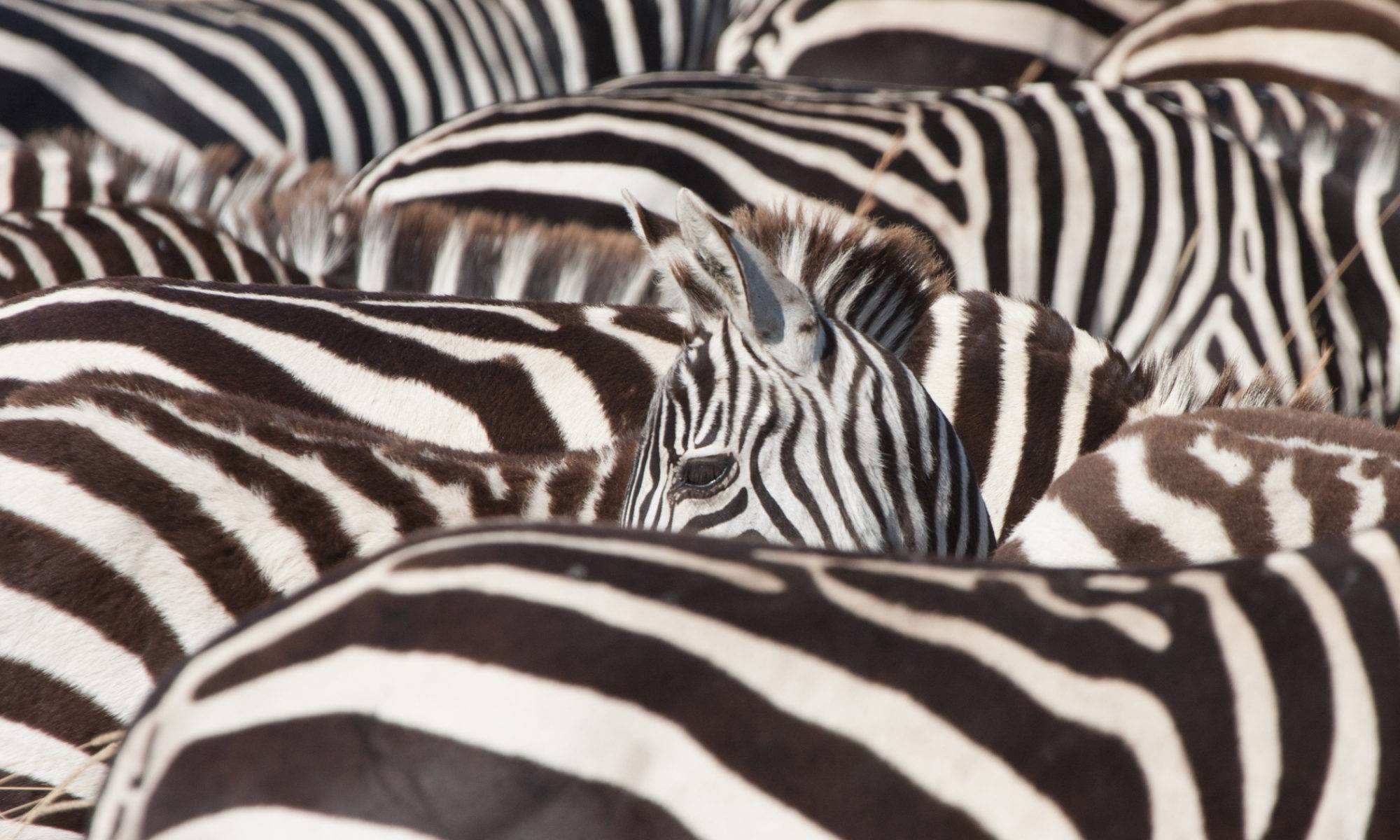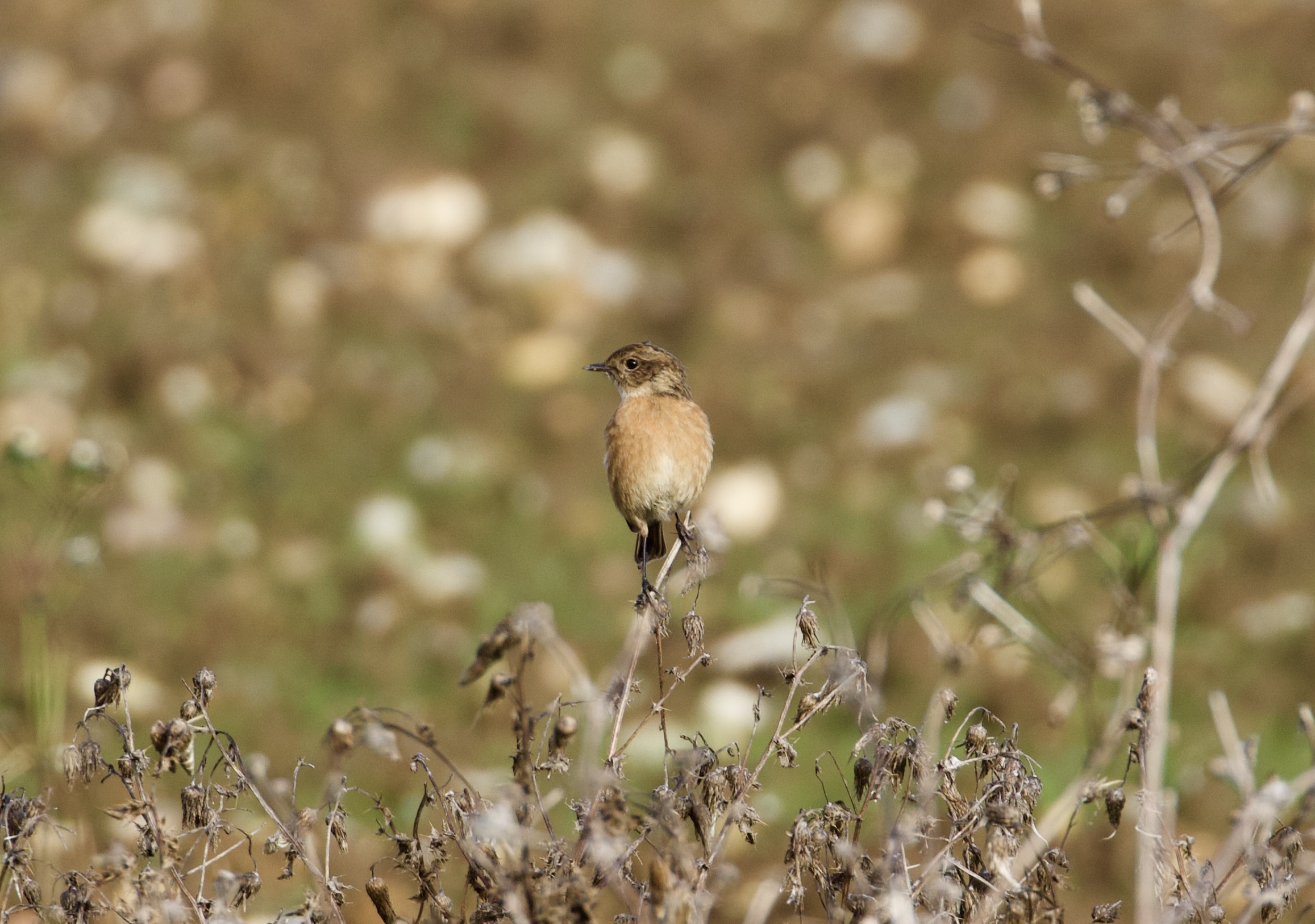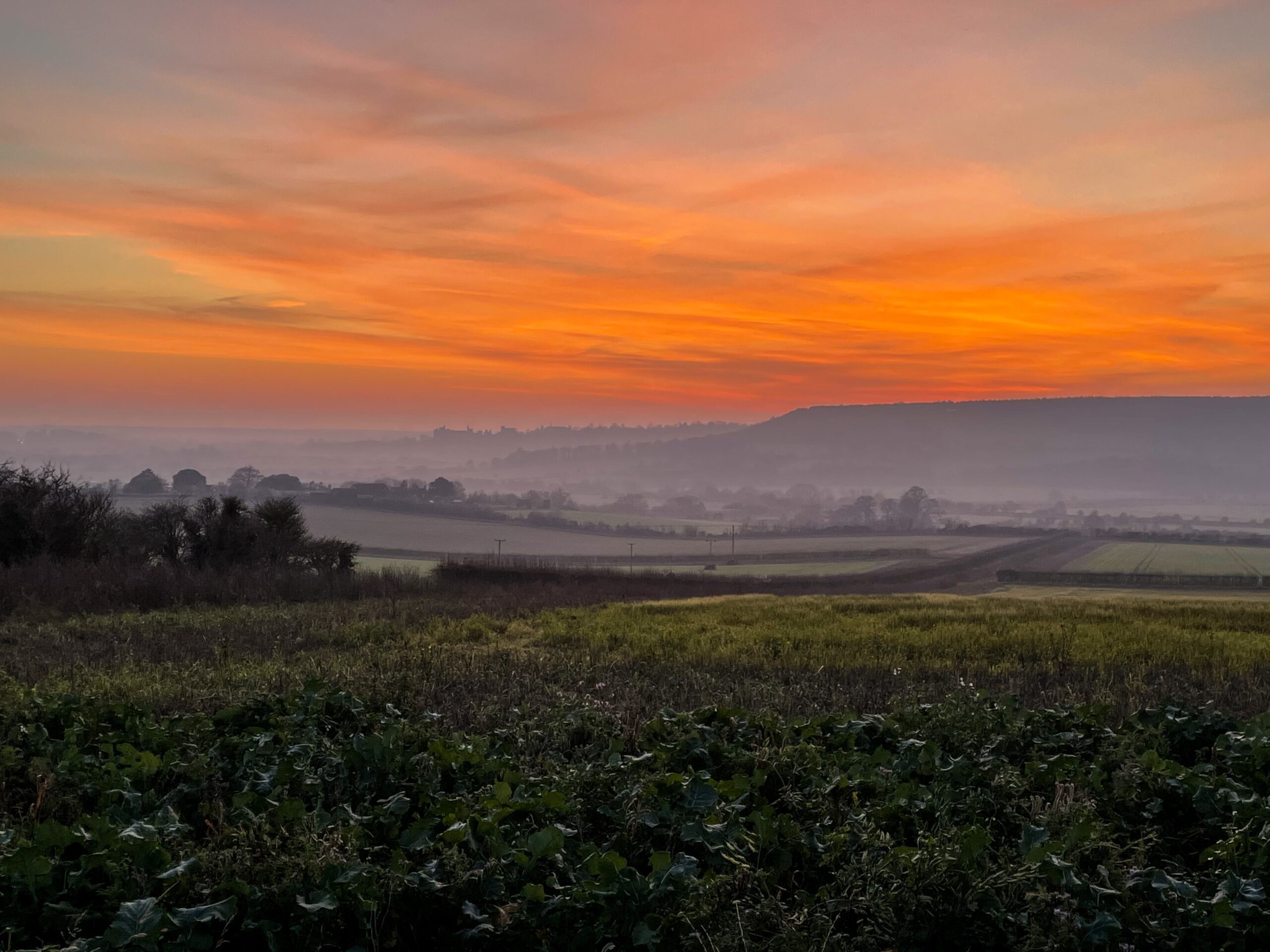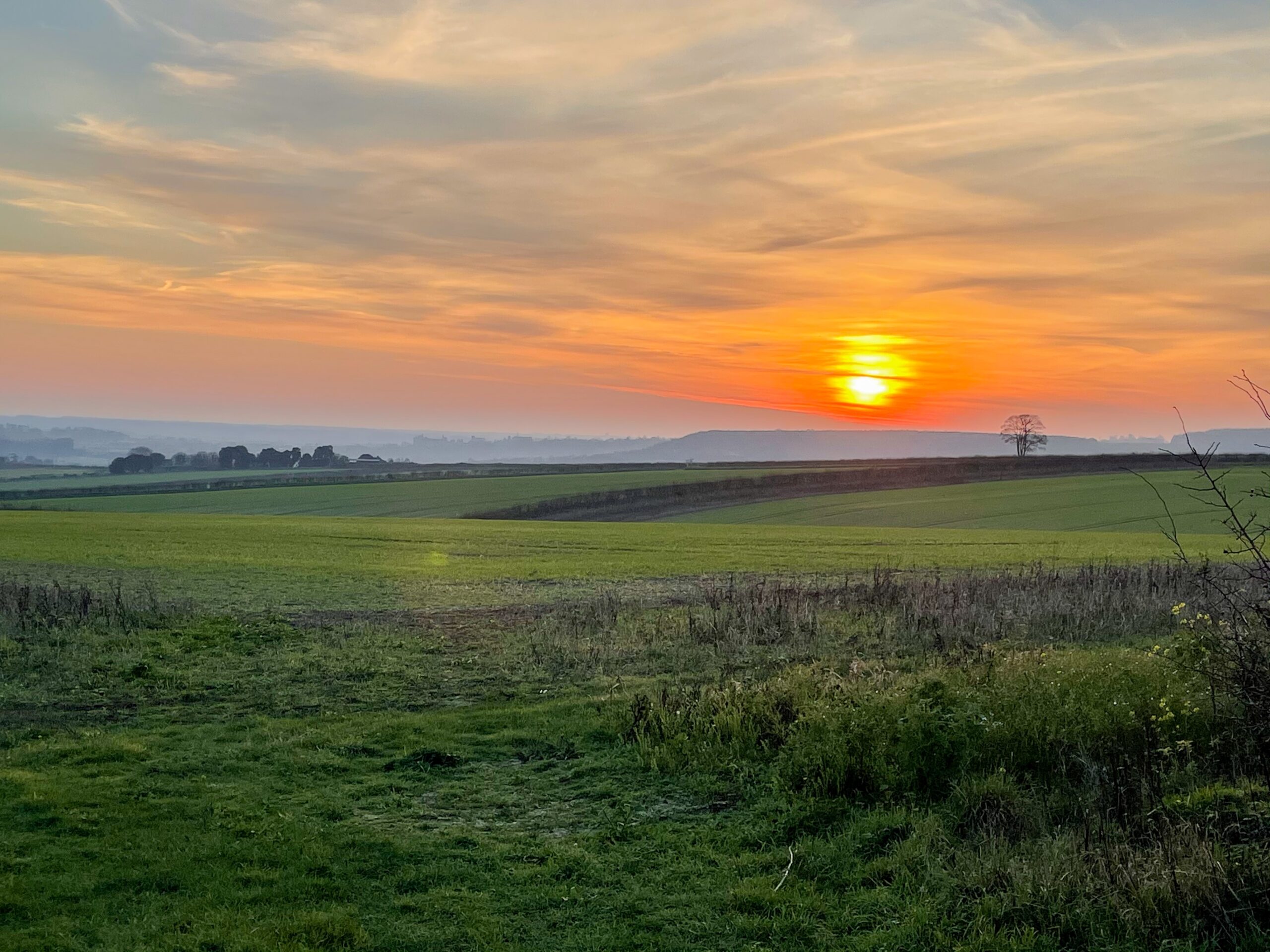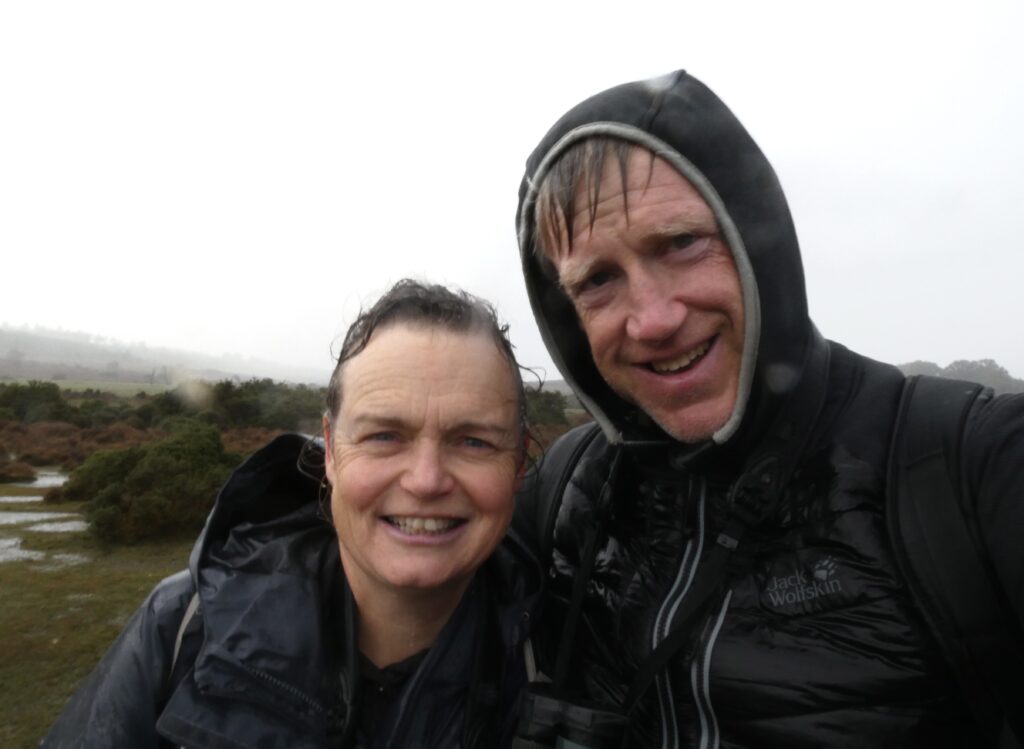The plan for the day was to have a look at the sea off Widewater in Lancing, walk down to Shoreham and go up the Adur to Bramber in search of the two Goosander that had been seen there yesterday. It was going to be a decent walk, but they had been seen flying south, so if they were downriver then we could go home earlier.
Calling in at Brooklands park early on we accidentally ended up counting finches, as there was a major passage of Goldfinch, with smaller numbers of Redpoll, Siskin and Chaffinch. This took a couple of hours, as we ended up with 3438 going over in numerous flocks of 10-100. It was a bit frenetic at times, but at least we were able to count without angry Republicans threatening us. As well as the finches we had a late Swallow and a very late Common Whitethroat. The sea was dead, other than a few Brent Geese and a single Red-throated Diver east.
At Shoreham we were entertained by a Kingfisher (a second bird was more distant) and waders including a Knot and four Grey Plovers, needed by Karen for her on-foot list. On we went up the river, but it was duckless. Bramber was reached and passed without success and eventually Karen decided to stop, while I carried on round one more corner. Nothing. Returning to Karen I found three Goosander: I had walked past them on the way upriver – perhaps they were tucked in under the bank, or maybe I’m just blind. They gave excellent views until some paddle boarders flushed them. Species 182 on the year’s on-foot list and beating last year’s total. On the way back two Kingfishers had a running battle alongside us, before we eventually left the river and headed over the Downs to home. A long and slow, but rewarding, 20 miles.
I didn’t take the heavy SLR, so these are taken in bad light with compact cameras.

A very late Common Whitethroat

It’s always a treat to see a Kingfisher

Female Goosanders
